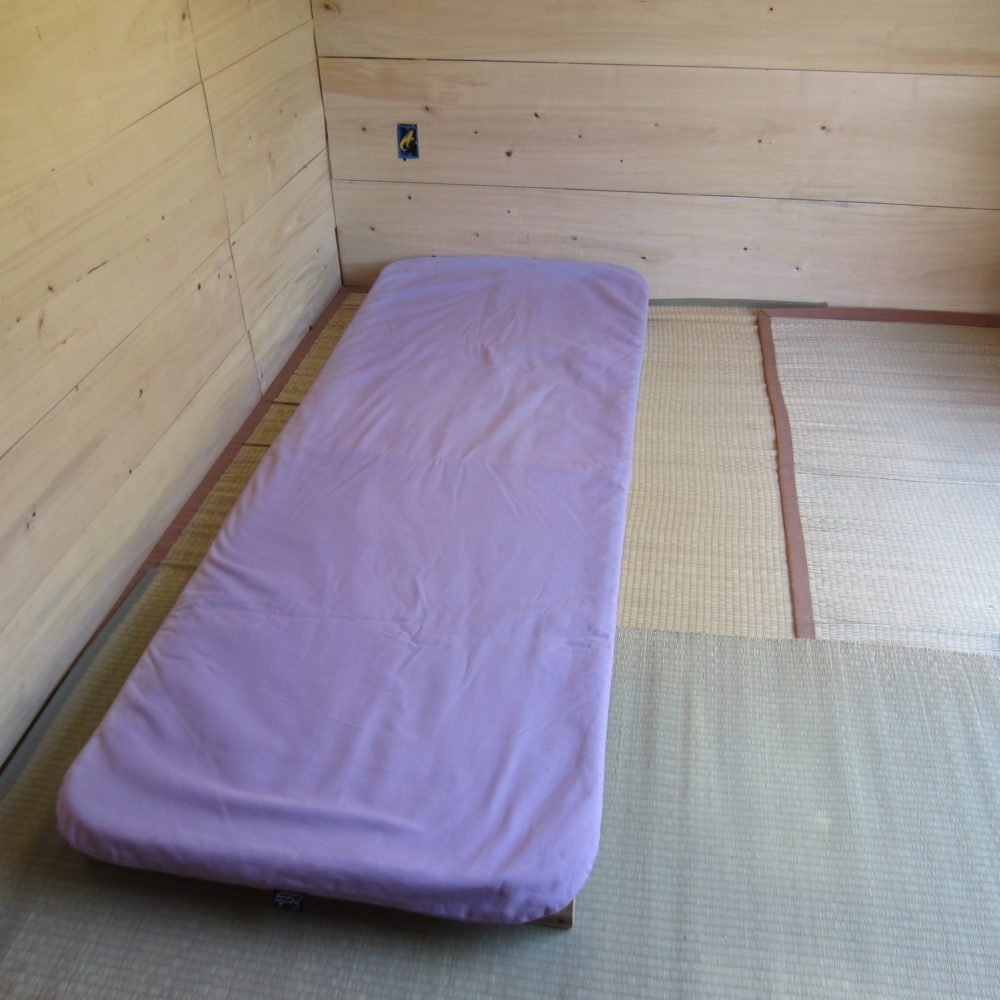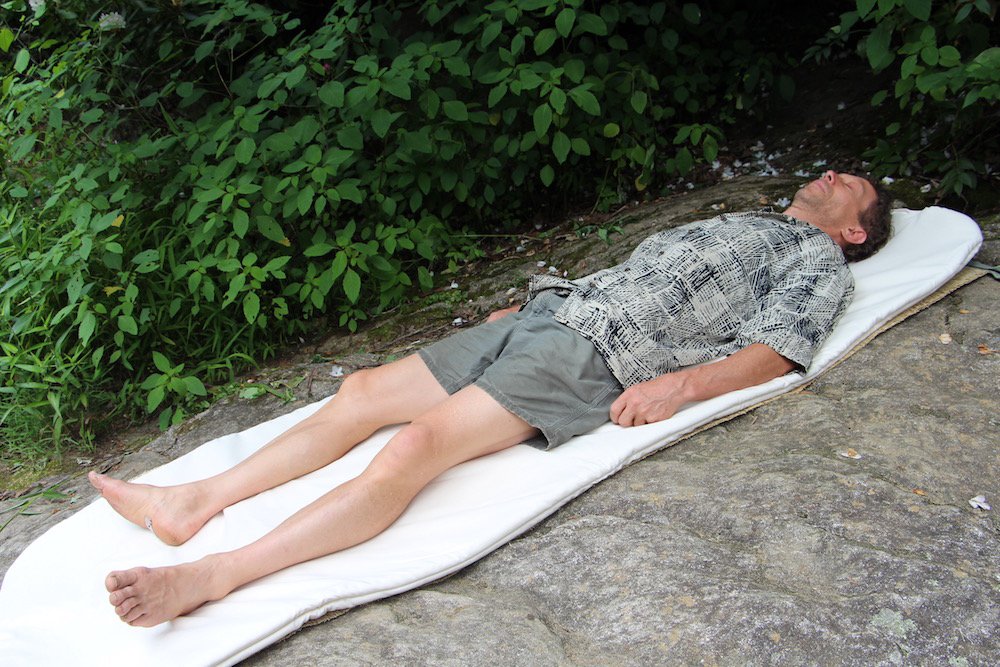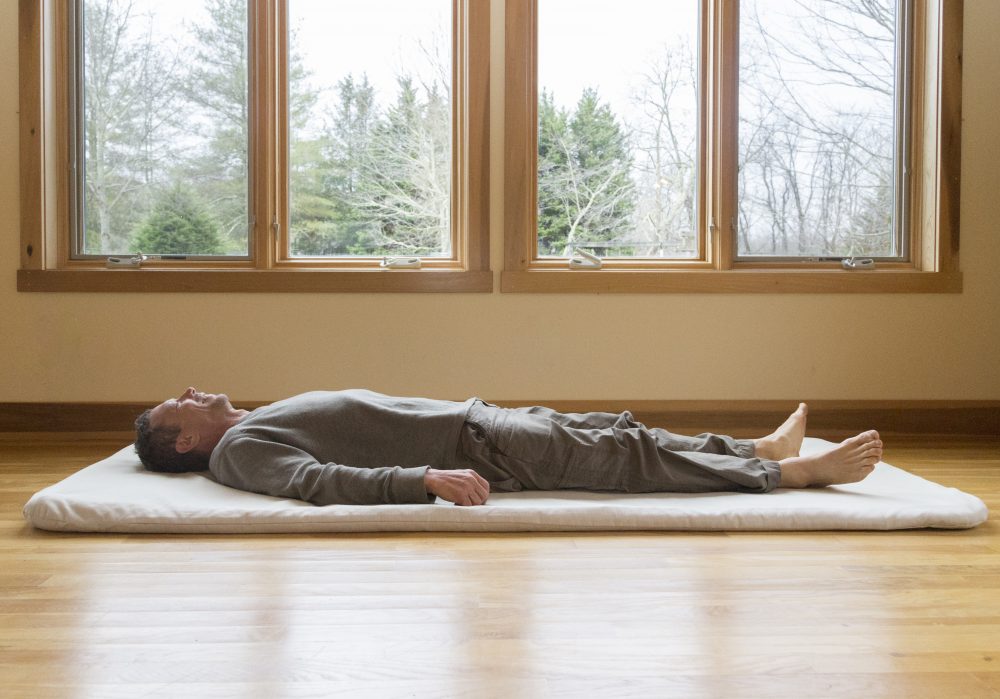


Why You Will Love It!
- Wool has a nice resiliency…providing supportive padding with just the right springiness
- Wool creates a breathable sleeping surface that wicks moisture away from your body
- Firm surfaces enhance sleeping by aligning the spine and opening breathing and circulation
- Wool has balanced thermal insulation properties – it is warm in winter as well as cooling in summer
- Wool is a naturally renewable fiber: 100% biodegradable and sustainable
How You Can Use It
- As a sleeping surface on the floor or a platform bed
- As a Shiatsu or Restorative Yoga Mat
- Wool is naturally hypo-allergenic and resistant to bacteria, mold and mildew that can trigger allergic reactions in many people
- Great for a portable travel mat
- Wool felt is like nature’s memory foam without the chemicals
- Wool felt is flame retardant and self extinguishing
- Wool is naturally anti-static and therefore has grounding properties
What It's Made Of
- Paleo Pad Cover: 100% Organic Cotton Twill
- Stuffing: Two layers of 1/4″ thick Eco Wool® Felt from Woolgatherer’s Carding Mill. This wool is from humanely raised and organically grown sheep in the U.S.A.
- Optional Protective Removable Cover constructed from 100% Organic Cotton Canvas available in several colors
- Dimensions: 33″ x 84″ x 1/2″ thick
How is the Paleo Pad different from the Futon…??
The Paleo Pad is constructed of an outer shell made from Organic Cotton Twill fabric, this sewn together with two layers of Eco-Wool Felted barrier cloth. This results in a pad that is about 1/2 inch thick. This gives a similar feel to sleeping on 2-4 wool blankets as a sleeping pad. You can try to sleep with some blankets this way and this will help you determine if this is enough padding for your personal needs.
The Futon is constructed the same way as the Paleo Pad, though it is then stuffed with Kapok Fiber and results in a bed that provides more cushion on pressure points like hips, though is still a very firm surface for sleeping. The futon does have a break in period which takes about 3-4 weeks to allow the kapok fiber to settle into its final thickness. This does require physically pushing and redistributing the fiber daily during this break in period.
Regarding a pillow, this is also a very individual decision. I personally sleep on one of our Kapok Wool Futons, as I have some back/neck issues. I use one of our Buckwheat Cylinder Pillows and find it allows me to keep my spine straight while also helping keep the proper support to my neck while still lying flat. The Buckwheat Rectangle is nice to as you can move the hulls where you need them and also fold it in half if side sleeping.
Sweet Dreams on a Firm Surface: The Ergonomics of Sleep

The author testing out his hypothesis that minimal support is best. A sandy beach seems to be the ideal surface.
I spent 30 years wondering what to sleep on for optimal sleep and health. When I finally realized through personal experimentation and research that the best mattress is no mattress, I could never look at the world the same. We are asleep when it comes to which bed is the best bed.
I discovered that the mattress is creating and/or masking the body's current structural imbalances, impeding circulation and hampering the body from realigning itself during sleep. Sleeping on a hard surface can reshape the back and realign the body. A firm sleep surface helps the body's relationship with gravity, with the earth. This is a therapeutic practice available to all of us, which works while we sleep.
The bedding industry relies on bold claims that one mattress or pillow will outperform another. Some of the claims are tempting, promising a good night's sleep like you've never had before--for only a few thousand dollars.
Where are 'they' getting this information? Sleep and health are intricately related. There is no scientific definition of 'comfort.' Sleep and especially deep sleep with theta and delta brain waves is known to restore health. How does the actual bed or surface upon which one sleeps affect the quality of sleep?

